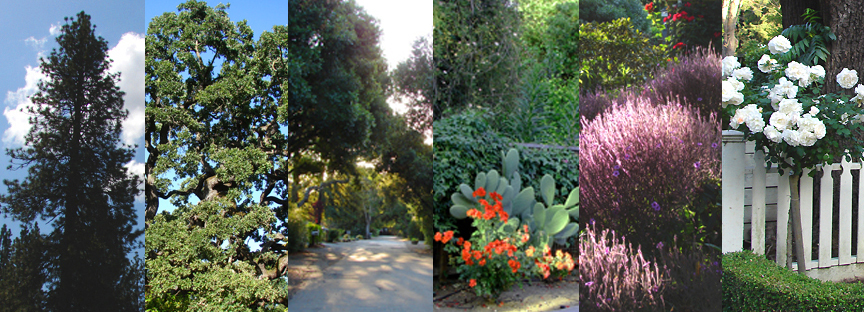
Tree Advice For Fall
Storms this past year took their toll on many trees in Menlo Oaks–trees of all sizes. Make sure your trees are well prepared to withstand the challenges ahead this winter. Here’s how.
 Action Alerts & Updates
Action Alerts & Updates
We continue to track several tree removal permits, demolition requests and zoning hearings. We also have filed complaints when developers have not provided adequate tree protection during zoning, demolition and construction.Now the County has enacted some changes to its oversight of Heritage Oaks and Significant Trees.
The Great Oak Count
MOTA is organizing a survey and mapping of Menlo Oaks native trees, particularly oaks. Using the tools Canopy developed, we think this effort in our neighborhood will provide a baseline of the current trees, and will let us to see how climate change is affecting our trees, now and in the future. If you or your teens are interested in volunteering or would like to learn more, Contact Us. And, visit Canopy at https://canopy.org/tree-info/ for tree care tips, professional resources, or to use the Tree Hotline!
![]() Menlo Oaks Tree Advocacy Group
Menlo Oaks Tree Advocacy Group
Several neighbors formed Menlo Oaks Tree Advocacy (MOTA) to communicate, educate and work with residents and the County on behalf of the significant old-growth and heritage trees in Menlo Oaks. Working with the Menlo Oaks neighborhood, we welcome your participation. Please contact us directly, or visit our neighborhood online message service, Menlo Oaks Voices, with your ideas and suggestions. At Menlo Oaks Voices, you will find helpful information and conversations about roads, schools, help wanted, services people want to share…..and trees and tree care.
Landscaping Around California Native Oaks
This downloadable PDF from the Santa Clara Chapter of the California Native Plant Society is worth viewing, particularly if you want to learn more about how to care for your Oaks.
![]() Working With The County
Working With The County
MOTA also plans to advocate with San Mateo County Planning & Building Department to improve and enforce the current regulations that prohibit destroying a significant tree unless it is diseased or a safety hazard. MOTA’s goal is to ensure that our trees receive the protection they need and deserve.
![]() Our Trees As Assets
Our Trees As Assets
Our trees keep the neighborhood vibrant and property values high. They are part of our indigenous landscape and have grown in our neighborhood for many years – in some cases for centuries. Significant old-growth and heritage trees are well established and face far fewer dangers from the drought. Check out this interesting information about our trees as assets.
